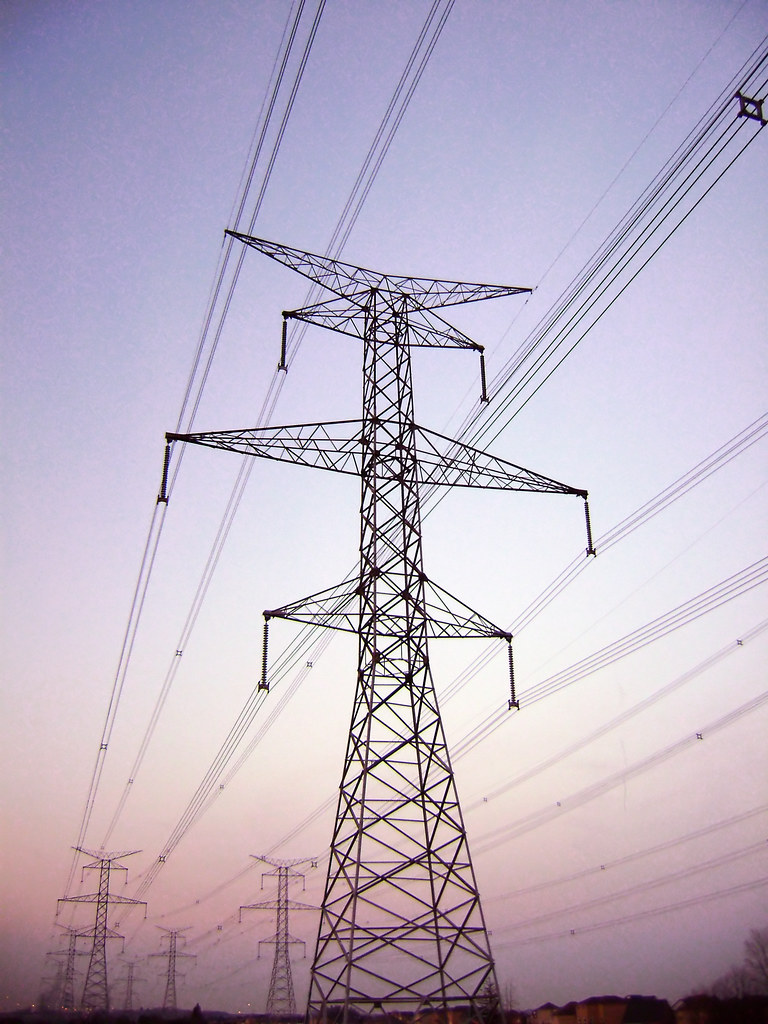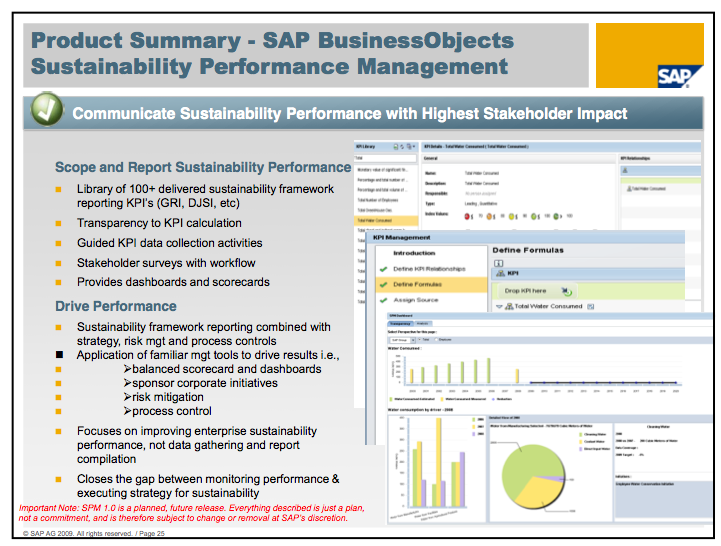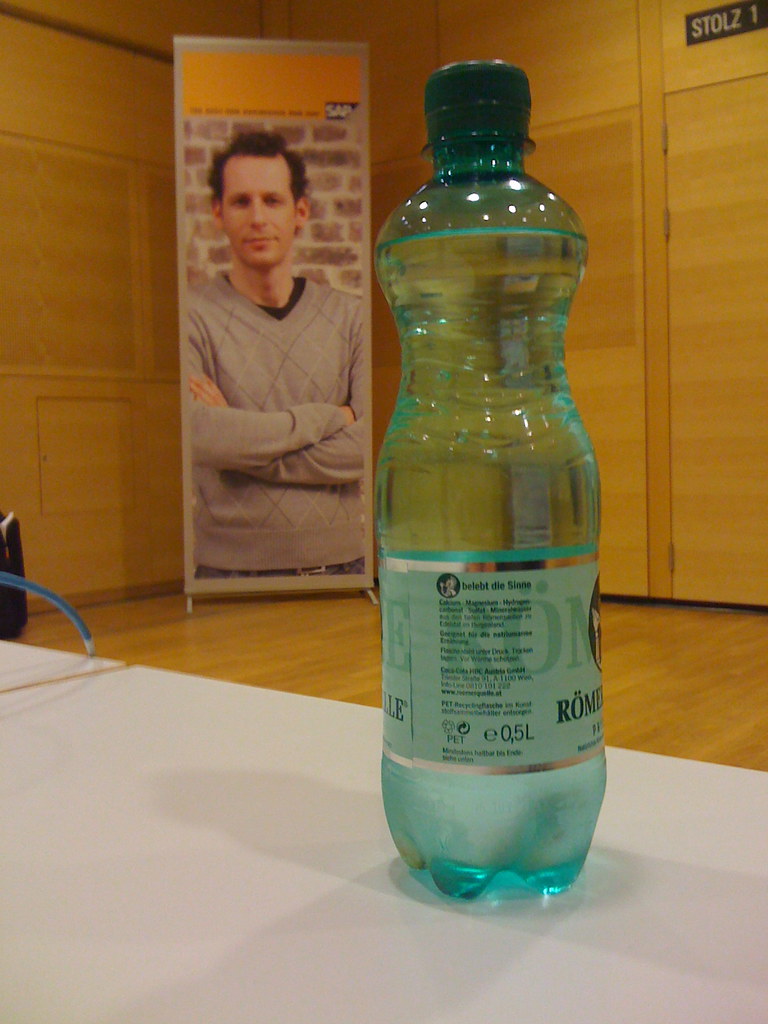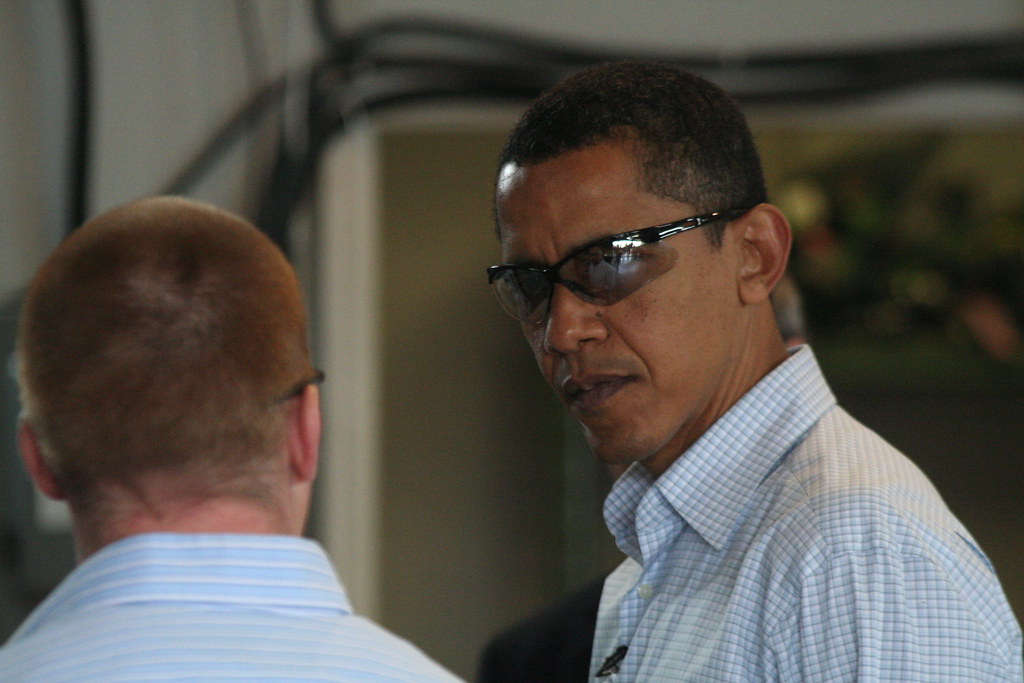I realised recently that although I have referred to the talk I gave in Barcelona on Mobile Sustainability (for the Mobile 2.0 conference) in a couple of posts I never talked about the talk directly here, so now it is time to redress that.
I have posted the slide deck above so you can follow along with the slides above and my explanation below.
Slides 1-3 are simply my introducing the topic and myself (along with my contact details).
I started off with a bit of a background:
- Slides 4-6 I start to talk about some of the reasons why sustainability is important. Climate change, for example, is real and is recognised as real. Even that last hold-out, the US government, has now admitted it is real and have set up the United States Global Change Research program to study the effects of Climate Change on the US.
- Slide 7 – New studies show that the impacts of climate change are likely to be worse than we anticipated
- Slide 8 – The polar ice caps are shrinking far faster than anyone predicted
- Slide 9 – Climate change is affecting animal populations today
- Slide 10 – Climate change is affecting the world’s river systems, and thus access to water for many people globally today
- Slide 11-13 – This is having devastating effects on people in South America, the Middle East, and Asia (and agriculture in Australia and California)
- Slide 14 – NGO’s are warning that the humanitarian systems, already stretched thin, will be overwhelmed
Then I went on to discuss the business case for sustainability today:
- Slide 15 – I referred to the 2001 white paper The Business Case for Sustainability [PDF warning] – produced by KPMG
- Slide 16 – I mentioned the McKinsey Quarterly publication How IT Can Cut Carbon Emissions
- Slide 17 – I brought up the MIT Sloane Management Review piece Using Corporate Social Responsibility to Win the War for Talent
- Slide 18 – Then there’s the Goldman Sachs GS Sustain focus list
- Slide 19 – Not to mention the AT Kearney “Green Winners” [PDF warning] research which showed that “during the current economic slowdown, companies that show a “true” commitment to sustainability appear to outperform their industry peers”
- Slides 20-22 – Examples of large companies (GE, DuPont, 3M) who cut costs, reduced carbon emissions and increased revenue by focussing on sustainability
Having set the stage (we need to be more sustainable, and look, there is a strong consensus that there is a business case for it too), I started to bring the talk around to the subject of the Mobile industry:
- Slide 24 – Quote from Smart 2020 report saying ICTs could deliver emissions reductions of at least 15% by 2020
- Slide 25 – While there are 1 billion PCs in the world today, and 1.4 billion Internet users, there are 4 billion mobile phone subscriptions
- Slides 26-29 – Examples of Green handsets from Nokia, Motorola, Samsung, and Sony Ericsson. I made the point here that in many cases the ‘Green handsets’ being produced by manufacturers are simply so they can ‘tick that box’ in the annual report. Sony had 57 handsets on their website. 1 was green. Green handsets should be the rule, not the exception.
- Slides 30-33 – I checked out the websites some of the main mobile operators. 3 have no mention whatsoever (that I could find) of sustainability on their corporate website; the websites of Telefonica and O2 had Sustainability sites but they could both stand a lot of work, while Vodafone’s Sustainability site was the best of the mobile operators which I examined (that’s not to say it couldn’t stand some improvement too!)
- Slides 34-36 A quick look at some of the Sustainability apps which have been developed for the mobile platform – slim pickings, tbh!
So having shown how poorly this industry is doing in terms of sustainability, I posited a few what-if’s:
- Slide 38
What if manufacturers made phones which lasted 6 yrs not 6 months? Rent, not buy?
What if manufacturers made non-toxic handsets?
What if manufacturers standardised to usb chargers?
What if mobile operators switched to e-billing?- Slide 39
What if carriers avoided unnecessary duplication in mobile networks, (would lead to a savings of 300gWh pa in UK alone)
What if everyone pushed sustainability down supply chain?
What if developers used mobile platform to build apps which ‘made a difference’?
What if grid computing client apps were created for mobiles?
Other?
Under the “Other” heading go ideas like creating Augmented Reality applications for handsets with sustainability related information, or what if the phone makers included pollution sensors (for example) in handsets. With the ubiquity of handsets and with most handsets having inbuilt Internet access, it wouldn’t be long before realtime information on air quality worldwide would be available. Combine that with an Augmented Reality app so people can visualize live their air quality and you would very quickly see changes in people’s behaviour.
Finally, I concluded with two quotes to show why this is critical:
- Slide 40 – From the 2007 IPCC Climate Change Synthesis Report [PDF Warning]
As global average temperature increase exceeds about 3.5 degrees C, model projections suggest significant extinctions (40-70% of species assessed) around the globe.- Slide 41 – From the Chair of the IPCC, Rajendra Pachauri
If there’s no action before 2012, that’s too late. What we do in the next two to three years will determine our future. This is the defining moment.
The thing to remember here is that Rajendra Pachauri is a George Bush appointee. He was appointed Chair of the IPCC because his predecessor, Dr. Robert Watson was deemed by the American fossil fuel industry (and in particular ExxonMobil) to be too outspoken.
Rajendra Pachauri and the IPCC’s quotes are the conservative point of view.
Mobile phones are ubiquitous. There are in excess of 4 billion of them. They are now for all intents and purposes hand-held computers, increasingly with an Internet connection. Shame on us all if we don’t leverage this incredible resource in the battle to mitigate the effects of climate change.
UPDATE: After I gave this talk, Vodafone, in conjunction with Accenture, issued a report called Carbon connections: quantifying mobile’s role in tackling climate change [PDF Warning]. In this report Vodafone claim that:
mobile technology could cut Europe’s annual energy bill by at least €43 billion and effect a reduction in annual greenhouse gas emissions by at least 113Mt CO2e by 2020. This represents 18% of the UK’s annual CO2e output in 2008 and approximately 2.4% of expected EU emissions in 2020.
The report goes on to say that the opportunities for carbon savings come from two main areas – Smart machine-to-machine (M2M) services (Smart Grids, Smart Logistics, Smart Manufacturing and Smart Cities) and Dematerialisation (i.e. video-conferencing, online shopping, etc.).




